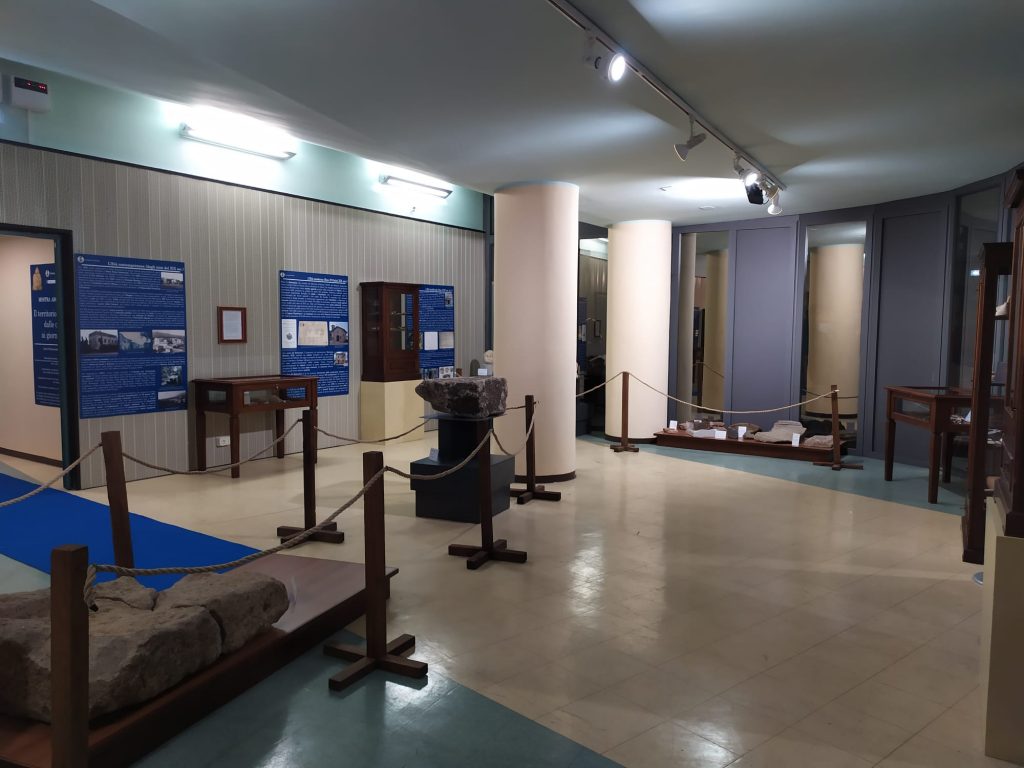TEMPORARILY CLOSED.
It is an exhibition that allows you to follow the development of human occupation in the area, from prehistoric times to the contemporary era. The most significant testimonies from Lariano will be exhibited, thanks to the study and selection of the materials that are kept in a deposit of the Superintendency present in the same structure. The finds derive largely from surface collections and emergency excavations carried out in recent decades by the Superintendency, in collaboration with the local archaeological group, but there are also artifacts from donations and fortuitous finds.
The materials on display include several stone tools from prehistoric times, numerous testimonies from the Iron Age, archaic and Roman republican and imperial finds, including architectural decorations and some fragments of marble sculptures, among which stand out a female and a virile head. The exhibition is completed by a section on the medieval era, represented by ceramic fragments and sculptural finds from the castle of Maschio d’Ariano, together with a collection of objects from the modern and contemporary era.
To the particular satisfaction of the municipal administration, the important princely kit from the Colle Mozzo tomb was also loaned by the Museum of Roman Ships in Nemi for the exhibition. Discovered by some members of the local archaeological group and investigated by the Superintendency in 1990, the tomb belonged to a Latin aristocrat of the 7th century. B.C.
Among the materials on display there are some objects that are real “primates” for the history of Lariano: there are some votive finds dating back to the Iron Age, which represent the oldest evidence of a place of worship in the area Larianese, while among the materials of the Colle Mozzo tomb, there is an iron spear which retains a fabric imprint, which has remained imprinted in the metal oxidation. It is an object of particular importance, which constitutes the first attestation of a textile artefact known in the Roman Castles.
Another important element is the exhibition catalog, which collects data and information already briefly expressed in the panels that accompany the display cases and which offers various in-depth information sheets drawn up by scholars and specialists from various fields of archeology.


 Visit Castelli Romani
Visit Castelli Romani 

